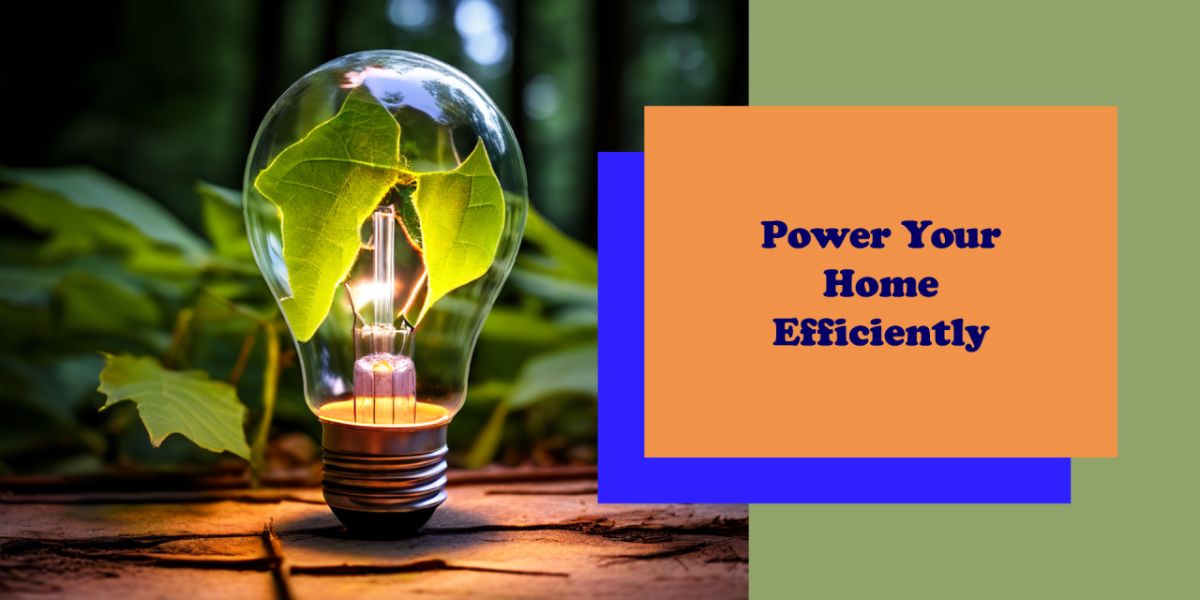MJP –
As the cost of water, electricity, and gas continues to rise and inflation shows signs of stabilizing in recent weeks, families are striving to cut down on their electricity consumption at home.
They are turning to energy-efficient appliances with low power usage to avoid unpleasant surprises at the end of the month. However, electricity prices fluctuate daily, often rising and falling unexpectedly. This unpredictability necessitates taking specific actions to prevent skyrocketing bills.
Measures to save money on electricity
Contrary to popular belief, simply turning off appliances does not reduce their electricity usage to zero. Many devices enter a standby mode or vampire power consumption, meaning they continue to draw energy even when not actively in use.
Among these, televisions are particularly notorious for consuming significant power even when switched off. This essential fixture in living rooms—and sometimes bedrooms and kitchens for watching news, series, and movies—continues to use energy as long as its red light is on.

To effectively manage your electricity bills, consider these practical steps:
- Unplug appliances when not in use to eliminate standby power consumption.
- Invest in energy-efficient appliances with a low power usage rating.
- Use power strips to easily turn off multiple devices at once.
- Monitor daily electricity rates and adjust usage accordingly.
By adopting these strategies, you can better control your energy consumption and reduce your monthly electricity bills, even in the face of fluctuating prices.
SEE MORE –
Electricity Costs to Rise in October as TVA Implements 5.25% Rate Hike in North Alabama
When compared to other household appliances like the refrigerator or the washing machine, the electricity consumption of a television is significantly higher. With cutting-edge technology and the rise of Smart TVs, many people are asking: “Why does my TV consume power even when it’s turned off?”
Understanding Standby Power Consumption
Smart TVs are always in a state of constant update, utilizing an internet connection and remaining ready to turn on with a remote control. This continuous readiness contributes to increased electricity consumption.
How to Reduce TV Power Consumption When It’s Off
To minimize the power usage of your TV when it’s not in use, the best practice is to unplug it. This is particularly effective when the family is on vacation or away from home for an extended period. Over time, the average consumption of 0.5 to 3 watts can result in a 10% to 20% increase in your monthly electricity bill.
Additional Tips to Save Energy
There are several strategies you can employ to further reduce your TV’s energy consumption:
- Adjust the screen brightness: Lowering the brightness levels can significantly reduce power usage when the TV is on.
- Utilize energy-saving modes: Many modern TV models come with built-in energy-saving options. Enabling these modes can help decrease electricity consumption.
- Opt for energy-efficient models: Newer TV models are designed with sustainability in mind, offering improved energy efficiency compared to older models.
By following these tips, you can ensure that your Smart TV is not only high-tech but also energy-efficient, helping you save on your electricity bills while being more environmentally conscious.
Studies have demonstrated this theory, indicating that television in standby mode uses between 2.25% and 5% of the electricity it consumes when turned on.
Other High-Consumption Appliances
It’s not just the television that consumes energy whether it’s on or off. The washing machine and the dryer top the list of household appliances with the highest consumption, averaging up to 255 kWh per year.
Washing Machine
The washing machine, in particular, due to its frequent use, accounts for 11% of the electricity consumed by all household appliances. To reduce this consumption, it is advisable to only run it when it is full.
Oven
The oven is also notable as one of the less economical appliances, representing 8% of the total energy usage. A useful tip to save energy is to avoid opening the oven while it’s in operation. Opening the door causes heat to escape, resulting in a 20% energy loss that will need to be compensated for.




